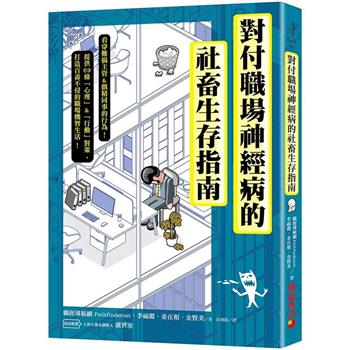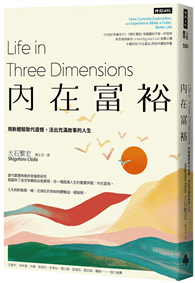| FindBook |
|
有 1 項符合
HSIAO-HWA CHEN的圖書 |
 |
$ 1500 | NEXT GENERATION CDMA TECHNOLOGIES
作者:HSIAO-HWA CHEN(NSYSU) 出版社:JOHN WILEY & SONS,LTD 出版日期:2007-01-01  看圖書介紹 看圖書介紹
|
|
|
- 圖書簡介
Future wireless communication systems should be operating mainly, if not completely, on burst data services carrying multimedia traffic.The need to support high-speed burst traffic has already posed a great challenge to all currently available air-link technologies based either on TDMA or CDMA.The first generation CDMA technology has been used in both 2G and 3G mobile cellular standards and it has been suggested that it is not suitable for high-speed burst-type traffic. There are many problems with the first generation CDMA technology, such as its low spreading efficiency, interference-limited capacity and the need for precision power control, etc... 'The Next Generation Technologies' will offer first-hand information on how to make use of various innovative technologies to implement the next generation CDMA technology.
As an all-in-one reference for telecommunications engineers, advanced R & D personnels, undergraduate and postgraduate students, this book is must-read material.
Addresses various important issues about the next generation CDMA technologies as the major air-link technology for beyond 3G wireless applications.
Covers topics from next generation CDMA system modelling to analytical methodology, starting with the basics and progressing to advanced research topics.
Contains many new and previously unpublished research results.
Introduces many innovative CDMA technologies such as DS/CC-CDMA, OS/CC-CDMA, space-time complementary coding CDMA, M-ary CDMA, optical complementary coded CDMA, etc. - 作者簡介
Professor HH Chen is the Director of the Institute of Communications Engineering at the National Sun Yat-Sen University in Taiwan. He is also an Honorable Guest Professor at Zhejiang University in China and a Visiting Professor at the Chinese University of Hong Kong.
Dr. Chen received his BSc and MSc degrees from Zhejiang University, China, and his PhD degree from the University of Oulu, Finland, in 1982, 1985 and 1990, respectively, all in Electrical Engineering. Since then he has held a number of posts within academia in Finland, Taiwan, Germany, Japan and Hong Kong. His research efforts in spread spectrum and CDMA communication systems has resulted in nine US, Finnish and Taiwanese patents, most of which have been licensed to industry for commercial applications. He has served and been serving as the Editor of the special issues of IEEE Journal on Selected Areas in Communications and is a recipient of the numerous research and teaching Awards from the National Science Council, the Ministry of Education and other professional associations in Taiwan. He has recently become the Editor for Asia & the Pacific for the Wiley journal Wireless Communications & Mobile Computing. - 目次
Preface.
About the Author.
1 Introduction.
2 Basics of CDMA Communications.
3 CDMA-Based 2G and 3G Systems.
4 Technical Limitations of Traditional CDMA Technology.
5 What is Next Generation CDMA Technology?
6 Complementary Codes.
7 CDMA Systems Based on Complementary Codes.
8 Integration of Space-Time Coding with CC-CDMA Technologies.
9 M-ary CDMA Technologies.
10 Next Generation Optical CDMA Communications.
A. Relation between Periodic and Aperiodic Correlation Functions.
B. Proof of Flock-wise Orthoganilty of CC codes.
C. Proof of n-Chip Orthogonality of CC Codes.
D. Proof of Equation (8.27).
E. List of Complete Complementary Codes (PG = 8 ~ 512)
F. List of Super Complementary Codes (PG = 4 ~64)
References.
Index.
|











